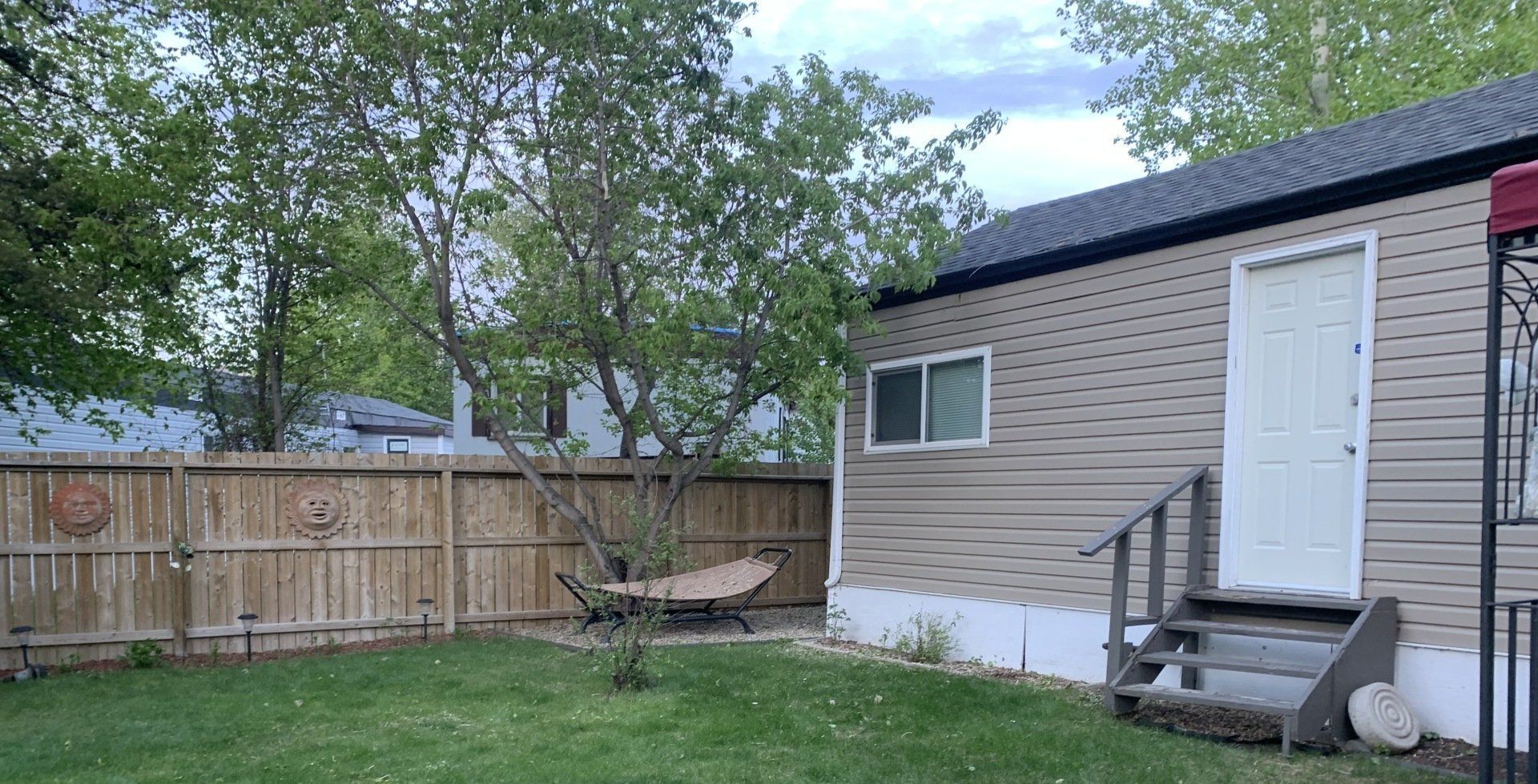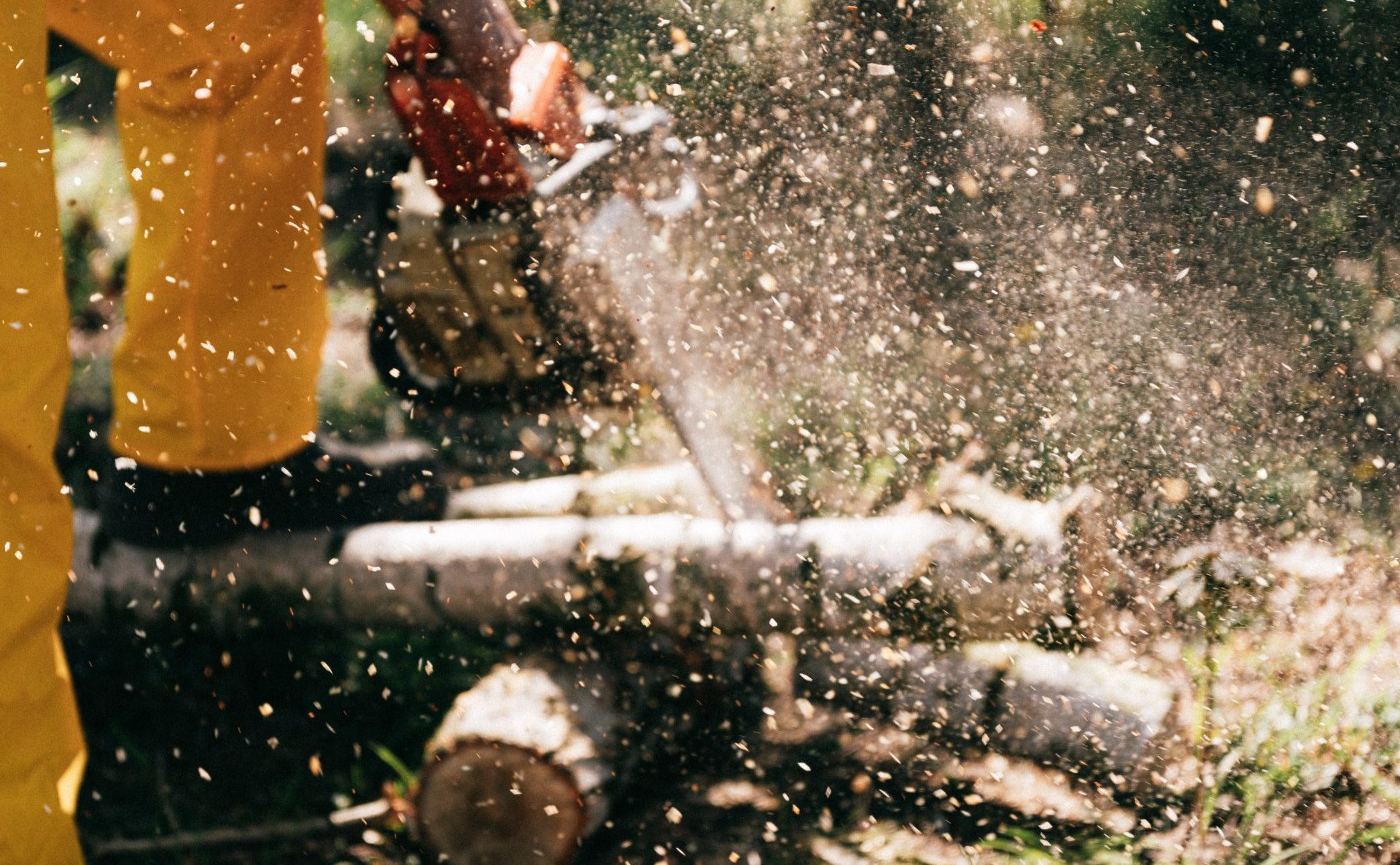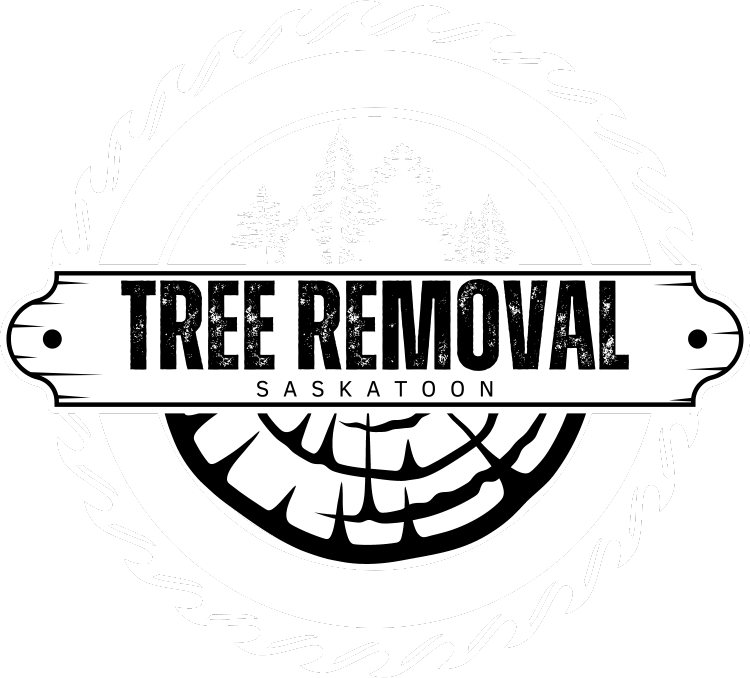What Should I Do About Tree Branches On The Roof?
For many homeowners, tree branches overhanging or resting on the roof can be a cause for concern. Not only can they pose a risk to your home’s structural integrity, but they also create potential safety hazards, especially during stormy weather.
Understanding the Risks
Tree branches that extend over roofs can cause several problems. The constant abrasion can damage roof shingles, leading to leaks and moisture problems. Additionally, overhanging branches provide an easy pathway for rodents and insects to access your home. In stormy conditions, weakened branches may break and fall, causing significant damage to your roof or even injury.
Assessing the Situation: Understanding Potential Problems
When you notice tree branches on or near your roof, a thorough assessment is crucial to determine the next steps. Here’s what to look for and how to proceed:
Minor Overhangs:
- Problem: Small branches lightly touching the roof. While they might not pose an immediate risk, over time, they can cause abrasion to roof shingles and promote moss or lichen growth.
- Action: For minor overhangs, you might be able to safely trim the branches yourself. Use proper pruning tools and ensure you can reach them safely from a ladder without stretching too far.
Heavy Branches Over the Roof:
- Problem: Large, heavy branches overhanging the roof pose a risk of breaking and falling, especially during storms, potentially causing significant damage.
- Action: This situation usually requires professional help. Tree service professionals can safely remove these branches, avoiding any damage to your roof or property.
Branches Touching Power Lines:
- Problem: If tree branches are near or touching power lines, this presents a serious safety hazard.
- Action: Do not attempt to handle this yourself. Contact your local utility company as they have the protocols and equipment to handle such situations safely.
Damaged or Diseased Branches:
- Problem: Branches that look diseased, dead, or damaged can fall unpredictably, posing a risk even if they aren’t large.
- Action: Consult with a tree care professional to assess the tree's health. They can safely remove any problematic branches and suggest treatments if the tree is diseased.
Roof Damage:
- Problem: Discovering dents, missing shingles, or other damages to your roof caused by tree branches.
- Action: Document the damage for insurance purposes and consult with a roofing professional for repairs. To prevent future damage, have the overhanging branches professionally trimmed or removed.
Gutter Blockage:
- Problem: Leaves and twigs from overhanging branches can clog gutters and downspouts, leading to water damage.
- Action: Regular cleaning of gutters is essential. If the problem persists, consider having the branches trimmed or installing gutter guards.
In each of these scenarios, the severity of the problem and your own capability to safely address it will guide whether a DIY approach is appropriate or if professional services are needed. Regular observation and prompt action can prevent many of these issues from escalating.

Safe Trimming Practices for DIY Enthusiasts
If you're considering trimming tree branches yourself, it's essential to do it safely and effectively. Here are key practices to ensure your safety and the health of your tree:
- Choose the Right Tools: Use sharp, clean pruning tools appropriate for the size of the branch. Hand pruners are suitable for small branches, while larger limbs may require a pruning saw or loppers. If you need to reach higher branches, a pole saw can be helpful, but ensure it’s stable and easy to handle.
- Wear Protective Gear: Safety should be your priority. Always wear gloves to protect your hands, safety goggles to shield your eyes from falling debris, and a hard hat. Sturdy, non-slip shoes are also crucial to prevent falls, especially if you're using a ladder.
- Secure Your Ladder: If you need a ladder, make sure it's on stable, level ground. It's safer to have someone hold the ladder while you're on it. Avoid overreaching or leaning too far to one side; it's better to move the ladder frequently than to take a risky stretch.
- Prune with Care: When pruning, make clean cuts at a 45-degree angle, about a quarter inch above a bud or branching point. Avoid leaving a large stub, as this can lead to disease, and don’t cut too close to the trunk or a main branch, which can harm the tree’s natural healing process.
- Follow the ‘Three Cut’ Technique for Larger Branches: For branches thicker than an inch, use the three-cut method to prevent bark tearing:
- First, make a small notch on the underside of the branch a few inches away from the trunk.
- Second, cut all the way through the branch from the top, about an inch further out than the first cut. This prevents the weight of the branch from tearing the bark as it falls.
- Third, make the final cut just outside the branch collar, the swollen area where the branch joins the trunk.
- Avoid Over-Pruning: Don't remove more than 25% of a tree's canopy in one season. Over-pruning can stress the tree and make it vulnerable to diseases and pests.
- Dispose of Debris Properly: Once you've completed pruning, clean up and properly dispose of the debris. This helps prevent any diseases the pruned branches might have from spreading.
- Timing is Key: Late winter or early spring, when trees are dormant, is generally the best time to prune, as it promotes vigorous growth in spring. However, this can vary depending on the tree species.
Remember, while DIY pruning can be manageable for small jobs, it’s important to recognize your limits. If the job is too big, too high, or too close to power lines, it’s time to call in professionals like Tree Removal Saskatoon for safe and effective tree care.

Keeping Your Roof Safe: Conclusion and Expert Assistance
In summary, dealing with tree branches on the roof requires careful assessment and action. Whether you decide to tackle smaller pruning tasks yourself or need professional assistance for larger, more complex situations, the key is to address these issues promptly to prevent potential damage to your home. Remember, regular maintenance and early intervention are essential for safeguarding your property against the risks posed by overhanging branches.
If you find yourself facing tree-related challenges that seem beyond your DIY capabilities, don't hesitate to reach out for professional help. At Tree Removal Saskatoon, we’re equipped to handle all your tree care needs safely and efficiently, ensuring your roof remains protected from tree damage. Contact us today for expert advice and service, and keep your home safe and sound.
